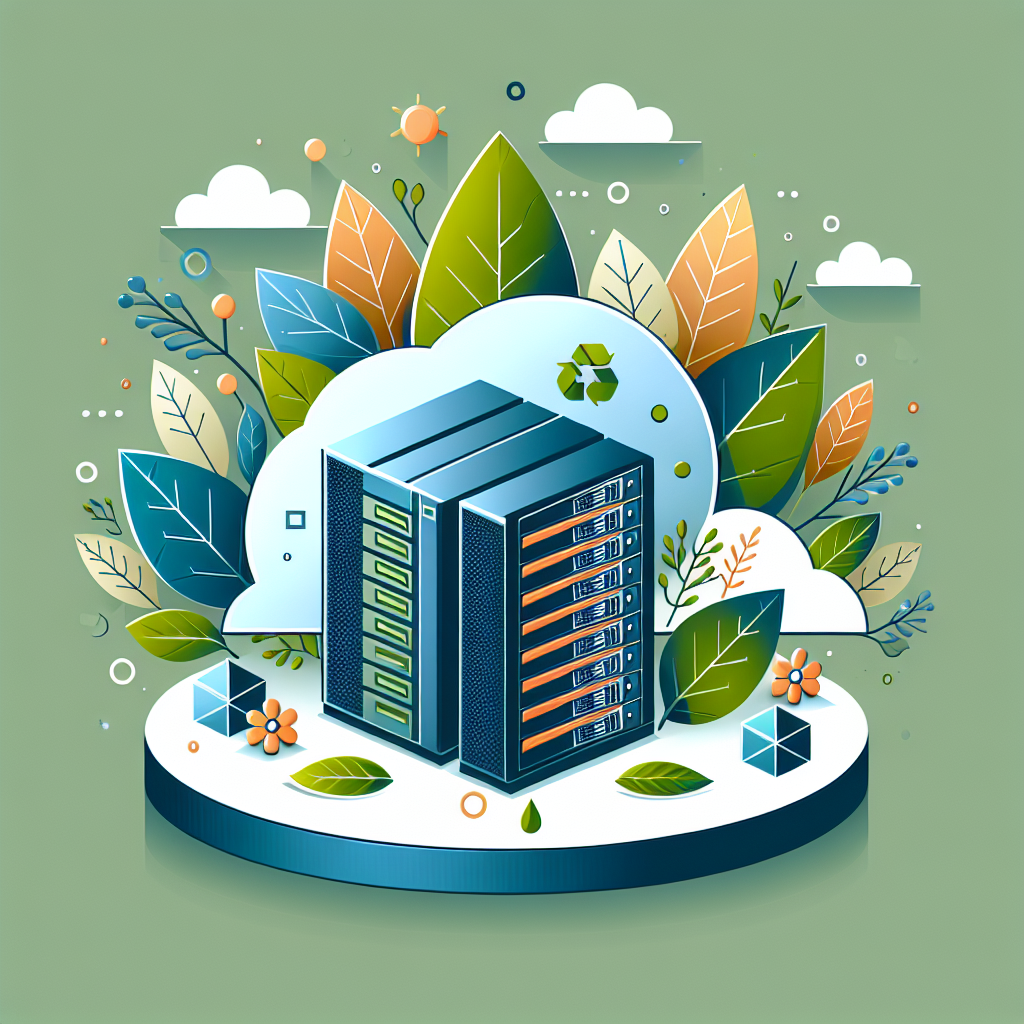Your cart is currently empty!
The Role of DCIM in Achieving Sustainable and Green Data Centers

Data centers play a crucial role in the modern digital economy, serving as the backbone for storing, processing, and transmitting vast amounts of data. However, the energy consumption of data centers has become a growing concern due to their significant environmental impact. In response to this issue, data center infrastructure management (DCIM) has emerged as a key tool in achieving sustainable and green data centers.
DCIM refers to the use of software, hardware, and sensors to monitor, manage, and optimize the efficiency and performance of data center infrastructure. By providing real-time insights into the energy consumption, cooling systems, and overall operational efficiency of a data center, DCIM enables data center managers to make informed decisions to reduce energy usage and minimize environmental impact.
One of the primary roles of DCIM in achieving sustainable and green data centers is the monitoring and management of energy consumption. Data centers are notorious for their high energy usage, with servers, cooling systems, and other infrastructure consuming vast amounts of electricity. By using DCIM software to track energy usage at a granular level, data center managers can identify inefficiencies, optimize resource allocation, and reduce overall energy consumption.
In addition to energy consumption, DCIM also plays a crucial role in optimizing cooling systems in data centers. Cooling systems are essential for maintaining the optimal operating temperature of servers and other equipment, but they can also be a significant source of energy consumption. By using DCIM to monitor the temperature, airflow, and efficiency of cooling systems, data center managers can identify opportunities to improve cooling efficiency, reduce energy usage, and lower carbon emissions.
Furthermore, DCIM enables data center managers to implement sustainable practices such as virtualization, consolidation, and workload management. By virtualizing servers, consolidating workloads onto fewer physical servers, and optimizing resource usage, data center managers can reduce the overall footprint of the data center, lower energy consumption, and minimize environmental impact.
Overall, the role of DCIM in achieving sustainable and green data centers is essential in addressing the environmental impact of data centers. By providing real-time insights into energy consumption, optimizing cooling systems, and enabling sustainable practices, DCIM helps data center managers reduce energy usage, lower carbon emissions, and create more environmentally friendly data centers. As the demand for data continues to grow, the implementation of DCIM will be crucial in building a more sustainable and green digital infrastructure for the future.

Leave a Reply